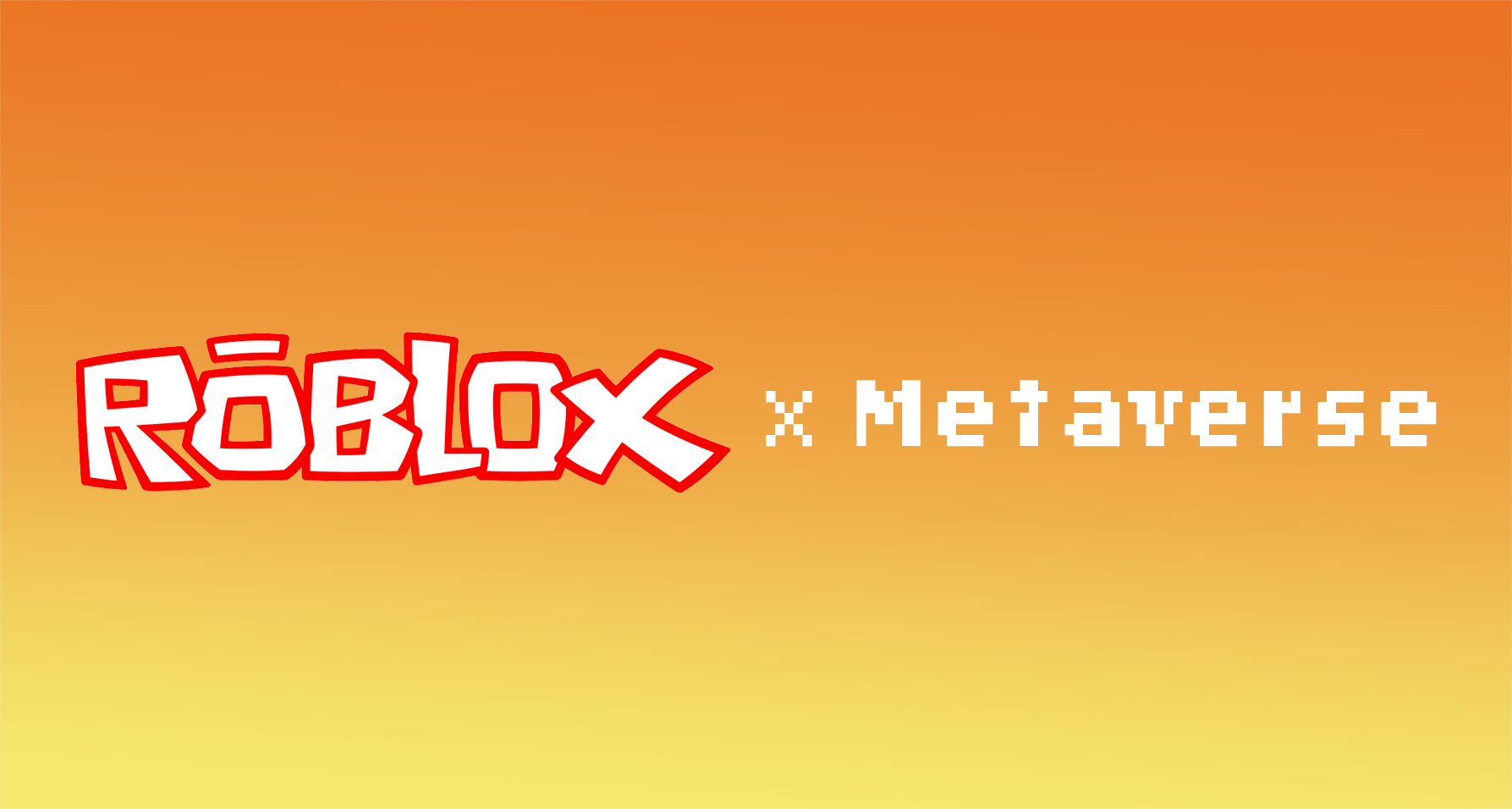The world we live in is expanding every day – not just into space, but also through technology. The concept of the Amazons Metaverse is an exciting addition to the ever-growing technological landscape, offering a limitless virtual playground for anyone daring enough to dive in. In this blog post, we’ll explore what the Amazons Metaverse is and what its implications mean for our future. So get ready to take a deep dive into a virtual utopia!
Introduction to the Amazon Metaverse
The Amazon Metaverse is an immersive, open world virtual reality (VR) space developed by Amazon. First announced in December 2019, the Amazon Metaverse is designed to enable a broad range of applications, games and experiences created by developers on the platform.
The Metaverse utilizes a state-of-the-art 3D engine and positional tracking technology to create an expansive and interactive 3D digital world. This world can be explored by users who don online avatars and interface with other players as well as computer generated NPCs (non-player characters). Much like the real world, activities such as exploration and interaction with various aspects of the environment are enabled in the Metaverse.
In addition to exploration and interaction through avatars, users can interact with virtual objects in real-time, such as media objects that can be manipulated or interacted with like medicine balls or lightsabers. Developers will be able to integrate virtual economies into their applications, enabling users to purchase items from other developers within the platform. The Amazon Metaverse also has a vibrant marketplace where developers can use an API to create unique shops where items like weapons or special abilities can be purchased using digital currency.
The Amazon Metaverse aims to provide a platform that allows developers of all types and sizes to contribute content which will help create an engaged virtual reality community. By leveraging powerful tracking technology designed for VR experiences as well as easy implementation of characters, assets and objects into games or applications on their platform, this technology promises exciting opportunities for developers while also enabling entertainment seekers access immersive content unavailable anywhere else online!
What is the Amazon Metaverse?
The Amazon Metaverse is an ever-changing virtual world that allows developers to create and share content. It was first introduced in 2020 and has since become a popular way for gamers to explore new worlds, interact with others, and participate in engaging experiences.
The Amazon Metaverse is powered by the combination of AWS services such as Amazon Sumerian, Amazon Lex, and Amazon Polly. The platform offers numerous features to help developers create immersive experiences such as 3D asset management, physics simulation, real-time multiplayer gameplay support with peer-to-peer networking capabilities. With its flexible programming language known as Horizen Scripts and tools like Horizen Studio Interface, developers can create games quickly by dragging elements from the library onto a game canvas framework.
In addition to gaming applications, the Metaverse can also be used for educational purposes such as training scenarios or educational tours of famous historical sites. Businesses are also embracing this technology for various tasks like virtual meetings and job interviews with the flexibility of hosting them online in 3D environments.
As this technology advances, new possibilities emerge for how it could advance fields like medicine or entertainment – some have even seen potential applications in areas such as humanoid robotics or intelligent agents interacting with people through natural conversations using text or voice input. The possibilities seem virtually limitless when considering what can be experienced within the expanding universe of AmazonÕs Metaverse.
Benefits of the Amazon Metaverse
The Amazon Metaverse is a fully immersive, interactive and connected virtual world powered by AWS. It offers users the ability to customize their experience with a wide range of tools and capabilities, as well as to connect with others in ways that have never before been possible.
The advantages of the Amazon Metaverse are numerous. It offers an environment which is constantly evolving and adapting, allowing users to make meaningful connections and lasting memories. Additionally, it allows users to create content like videos, 3D objects and even games; providing a platform for them to showcase their creativity. Additionally, AmazonÕs security systems allow users to access the Metaverse without fear of malicious activity or data loss.
The Amazon Metaverse also allows for collaboration between users from all around the world by providing its own unique gaming platform where friends can join together in real-time gameplay experiences. This means that players can explore vast virtual environments together without having to worry about geographical distance between them as long as they have a good internet connection.
Finally, the Amazon Metaverse will soon provide access to new types of user experiences like podcasts and streaming shows; giving people previously unavailable opportunities in terms of immersive media content creations. The potential applications for what this technology will create in the future is virtually limitless!
Challenges of the Amazon Metaverse
The Amazon Metaverse is an online virtual world created by Amazon. It has quickly become one of the most popular and talked about virtual worlds, but many people are unaware of the challenges it poses. In this article, we’ll take a look at some of the challenges that come with building an online metaver, as well as some of the benefits.
First and foremost, building a successful metaverse requires immense computational power and bandwidth. This is because users need to experience realistic movement within the metaverse, which necessitates a large number of calculations every second. Additionally, it takes time for data to travel from one user to another online, which can make the experience laggy or difficult when large numbers of users are connected at once. As such, creating an Amazon Metaverse requires powerful hardware and software capabilities in order to provide users with an immersive experience.
Additionally, creating an effective metaverse also requires developers to be highly skilled in graphics programming and Artificial Intelligence (AI) technologies that aim to simulate natural user behavior between different population sizes within virtual environments. These AI technologies enable more realistic interactions between Avatars (virtual characters representing each user) by creating non-player characters that can interact autonomously with users in certain scenarios.
Lastly, there are social concerns regarding safety and privacy on such platforms given their broad audience reach and potential for abuse by malicious actors or trolls. Safety protocols must be put in place in order to protect user’s rights while still allowing their freedom and expression on these platforms – this means ensuring secure storage for all data collected from activities and interactions within the metaverse environment so that it cannot be misused or accessed without authorization by independent third-parties.
Applications of the Amazon Metaverse
The Amazon Metaverse is an online virtual world created by Amazon that enables people from all over the world to create and experience shared virtual spaces and activities together in a safe, secure, and legally compliant platform. It creates a digital version of our physical world, providing users with tools to build new immersive experiences for them to explore.
The Amazon Metaverse provides features such as augmented reality (AR) applications, 3D avatars, chatrooms, searchable stores and user-generated content systems. With its many capabilities, the Amazon Metaverse has numerous practical applications.
Some applications of the Amazon Metrave use include:
– Virtual Conferences & Events: Businesses can connect with colleagues and customers virtually even when face-to-face meetings may not be possible due to physical distancing rules or travel restrictions. Businesses can host virtual conferences or events just like they would in real life: with presentations by key speakers or participating limited only by imagination.
– Remote Collaboration & Education: Because of its secure logins and secure storage technologies the Amazon Metrave enables teams from anywhere in the world to stay connected and collaborate easily on projects in real time over great distances even across countries or oceans! It also makes it easier for educators to engage students in a VE classroom setting which allows for exploration and experimentation without worry about existing infrastructure limitations.
– Entertainment Experiences: The immersive nature of the Amazon Metaverse provides endless possibilities for entertainment experiences such as concerts, theatrical performance art pieces, gaming tournaments, film screenings, quizzes all brought together on one platform.
The possibilities created by this technology are ultimately up to each individual’s creativity whether it’s used for work purposes or personal entertainment purposes Ð because it allows people to easily share experiences with each other regardless of geographical location or lifestyle constraints!
Amazon’s Vision for the Metaverse
Amazon has made its interest in virtual reality (VR) and augmented reality (AR) known with its recent purchase of the popular VR game platform Twitch and its ongoing work in developing new hardware such as the Amazon Fire TV. But the company’s ambition goes beyond traditional video gaming and entertainment Ð Amazon wants to create an entirely new virtual world for users to explore, called the “Metaverse”.
The concept behind this project is quite simple; it builds on the rapidly growing trend of AR and VR use to create a real-time 3D representation of a userÕs physical environment. This could be used by users to virtually explore new places, enjoy enhanced versions of existing environments, or engage in activities with other users located around them or further away. In this way, Amazon hopes to make immersion into online worlds feel natural and intuitive.
To enable this vision, Amazon has been working on several different open-source technologies such as Sumerian, an online platform that allows people to create interactive 3D scenes without any prior programming experience; CloudGazer, a unified computer vision platform that can detect elements such as shapes, objects or gestures within images; and Twitch extensions that allow developers to build immersive experiences within Twitch chat while viewers are streaming their play sessions.
Blending game design principles with data science practices, Amazon envisions its Metaverse as a place where people can socialize with friends in virtually created spaces and experiences tailored for different interests group; express themselves through avatars tailored for personal preferences; remain anonymous if desired; engage with content from movies and television shows based on userÕs tastes; or even create their own avatar-based games featuring their favorite characters from literature or film. This possibility is made all the more exciting by advancements in artificial intelligence which enables more lifelike interactions between users. With all these possibilities at hand, we can only imagine what could be made possible when all these technologies come together within the Metaverse!
Competitors to the Amazon Metaverse
The Amazon Metaverse is a virtual world platform created by Amazon, Inc. It is used for hosting a variety of applications and can be connected to other apps through bridges or portals. It is part of the company’s AWS offering and its aim is to enable users to create and experience interactive, shared, cloud-hosted 2D, 3D, and mixed reality content.
As the Metaverse grows in size and scope, other companies and organizations have developed similar technologies that aim to compete with the Metaverse. These include:
-Apple’s ARKit
-Microsoft’s HoloLens
-Google Cloud Platform’s Poly
-Facebook Spaces Basecamp VR
-Ubisoft’s Serverside Renderer (SSR)
-NeosVR
-High Fidelity’s Encoded Reality project.
Each of these platforms has its own set of strengths and weaknesses relating to tracking accuracy, resolution rates, runtime optimization, customer support capabilities, user engagement tools and more. Developers can assess their needs when deciding which platform they should use for their projects.
Summary of the Amazon Metaverse
The Amazon metaverse is a virtual world created by Amazon Web Services that enables applications and services to interact with each other in a consistent and secure manner. It allows users to create, discover, and collaborate with their friends across multiple platforms in real-time using the same environment. The Amazon metaverse provides developers with the tools they need to build immersive experiences that span virtual reality, augmented reality, voice activated interfaces, computer vision systems and automated machine learning (ML) models.
The metaverse opens up new possibilities for how people can interact with one another online, as well as how businesses can engage customers in ways never before possible. By utilizing motion sensors, intelligence agents and 3D elements into applications, companies can create realistic and engaging digital ecosystems for their customers to explore. This allows for remote collaboration between users in different locations bringing dispersed teams closer together through shared experiences within the immersive environment of the metaverse.
The Amazon metaverse also enables companies to create full-service digital marketplaces designed specifically for the interaction between customers and vendors. These data-driven environments make it easy for vendors to keep accurate records of customer interests while providing more seamless shopping experiences across multiple devices like smartphones or tablets. Through this powerful set of data-driven tools Ð access rights management (ARM), identity verification systems (IVS) Ð businesses can deliver personalized products tailored specifically meet their customers’ needs.






